

Power Optimizers are attached to each module to extract the maximum energy. They optimize efficiency in all weather conditions and deliver a smooth system performance.
Let’s understand how they work and determine if investing in a Power Optimizer would be worthwhile for you!
What are Power Optimizers?
Here’s a quick solar inverter 101.
Modern solar inverters have something called Maximum Power Point Tracker (MPPT). The component, with its smart algorithm, ensures that your module is performing its best at all times. Now, there can be one or more MPPTs in your device, which will try to extract the most power from an entire solar string.
But, they have one limitation.
There are times when modules get shaded, or accumulate dirt, or get microcracks. In this scenario, MPPT will adjust the power of the entire string based on the power output of the weak module.
Now in most solar installations, this is not a problem. But if you install solar panels at a location where moving shadows during parts of the day are common, then your entire output can be affected.
Power Optimizer solves this problem by providing individual MPPT for every module.
How Do They Work?
Power optimizers take the DC (Direct Current) generated by the solar panel, and optimize the voltage to a level that is required by the string inverter. The string inverter will then convert this DC to usable AC (Alternating Current).
With a power optimizer, the low output of a single panel will not affect the generation of the entire module. In fact, in situations like regular shading, different tilt, orientation of panels, or where module mismatch is possible, power optimizers will provide better generation compared to traditional systems.
Advantages of Power Optimizers
1. Prevent Shading Looses
Studies show that module-level optimization through a power optimizer can reduce shading losses by 25-40%! This is why, power optimizers are an absolute must-have for areas where partial shading is a regular problem.
2. Boosts Plant Efficiency
By extracting the maximum power from each individual module rather than the complete array, optimizers raise PV efficiency.
This boost would be most evident in installations where module mismatch is common.
3. Higher safety
DC voltage in the wires can be dangerous. Power optimizers provide higher safety by reducing the DC voltage to safe levels when the inverter is switched off or during faulty conditions.
4. Module level monitoring
Power optimizer devices streamline the task of monitoring the performance of your system. If any module within an array fails to function or generate enough power, you can quickly detect the issue and start troubleshooting measures.
Difference between Power Optimizer and Microinverter
If you look at the types of inverters, you’ll find that power optimizers fall somewhere between string and Microinverter. That’s because they incorporate elements from both.
Both Power Optimizers and Microinverters are Module Level Power electronics, i.e. provide MPPT at the module level. But there is a crucial difference between the two. Unlike microinverters, power optimizers do not convert DC to AC. They need a central/string inverter to do so.
Moreover, if your optimizer fails then your module will continue generating energy, just not as efficiently as before. This is not the case with the other device.
There is also a price difference between the two devices. Since power optimizers contain just one functionality of the inverter, they are slightly more cost-effective than microinverters.
Are Power Optimizers Worth it?
Yes they are. These devices are especially useful in certain scenarios:
- If your roofs get shaded during certain periods
- If the panels are installed on uneven areas
- If the orientation, tilt, and direction of the panels differ.
In scenarios like these, power optimizers can boost the efficiency of PV systems.
Thus factors such as the roof type, orientation, possibility of shading, and of course your budget will help you decide if it is worth switching to this technology.
Top Power Optimizer in the Market
If you are exploring this technology for your PV system, you can invest in a reputed brand like SolarEdge. This Israeli company pioneered the power optimizer technology by splitting inverter functionality into two parts: MPPT and DC/AC converter.
SolarEdge devices are high quality and reliable. Moreover, their power optimizer technology offers some additional benefits:
• Extra Safety
Solaredge power optimizers and inverters are equipped with a smart feature called SafeDC. When the inverters are shut down or is in safety mode, this component automatically reduces voltage of each module to 1 volt. This is a touch-safe level.
It provides higher safety for installers, maintenance personnel, and firefighters during emergencies.
• Easy Maintenance
The organization gives complete control of the device to you. SolarEdge has its own monitoring platform that provides visual charts of panel performance, battery charge level, and energy consumption.
If underperformance occurs, the platform will send an alert and summary.
This makes maintenance easier. Also, with SolarEdge, you get a remote troubleshooting facility to solve minor issues.
• Higher Yields
Since each panel functions independently, a PV system with SolarEdge technology generates up to 25% more energy than traditional systems.
About Ornate Solar
Ornate Solar is a leading solar company with 10 years of experience in the industry and the mission to reimagine the way solar is installed worldwide.
From advanced solar panels, innovative inverter solutions, and high quality accessories to the unique InRoof that turns panels into the primary roof, we develop and deliver solutions that are modern, reliable, and effective.
We are also the official partners of SolarEdge India. If you are exploring SolarEdge Power Optimizer technology, reach out to us at 1800 2026 252 to discuss your options.
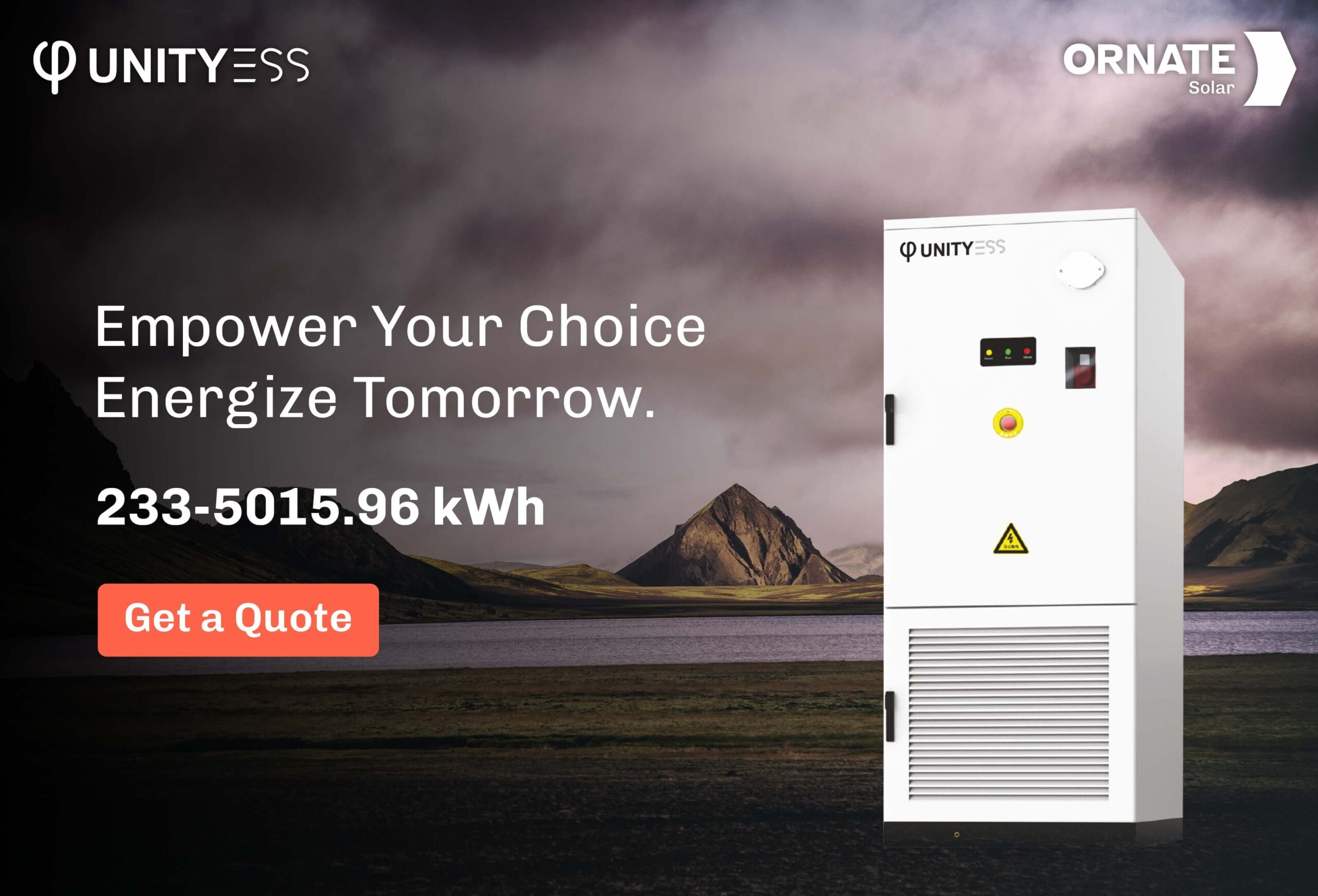


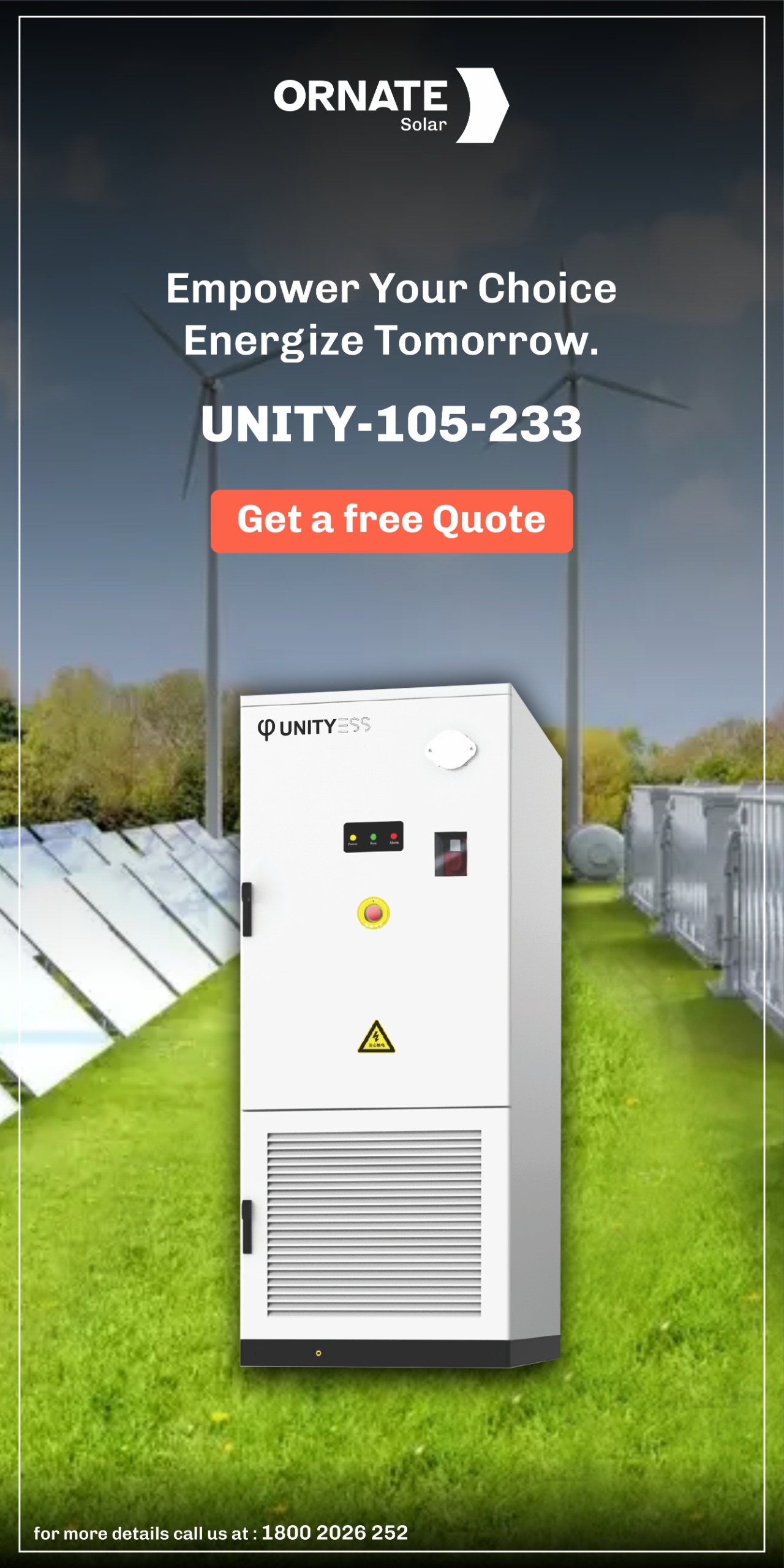



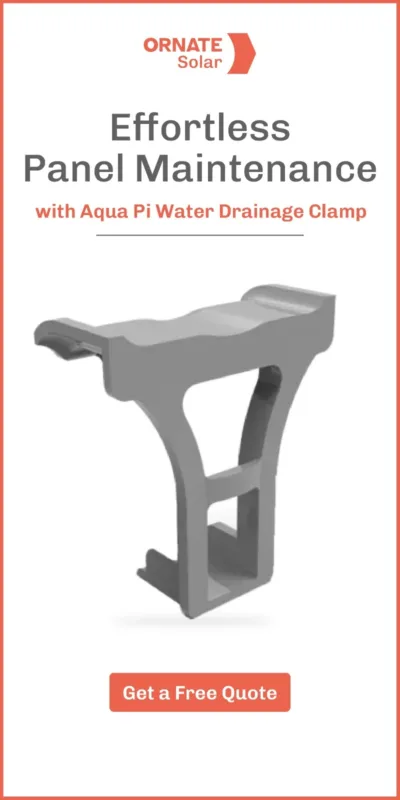
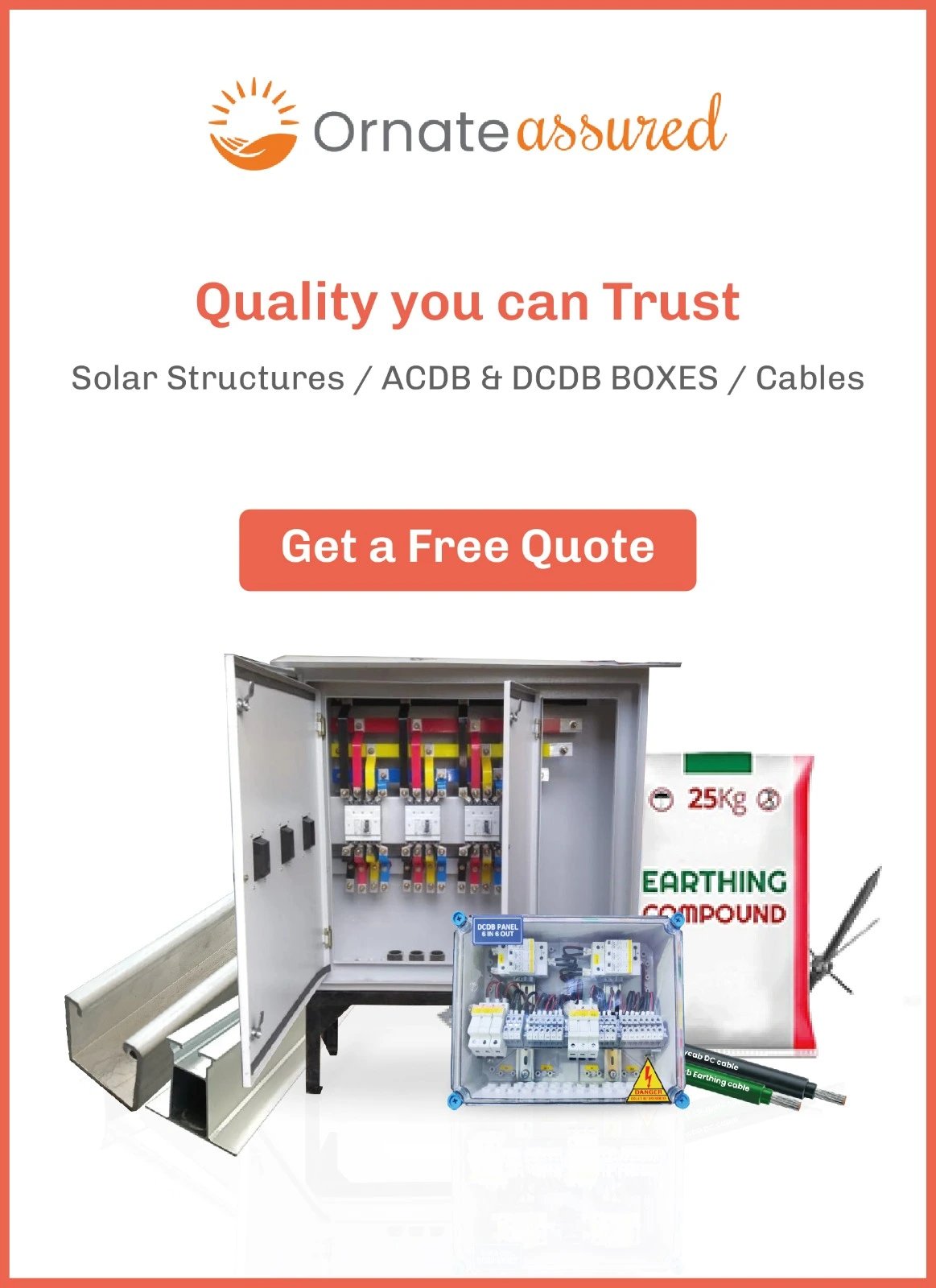




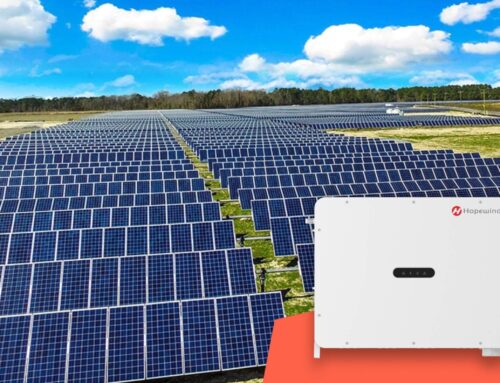
Leave A Comment